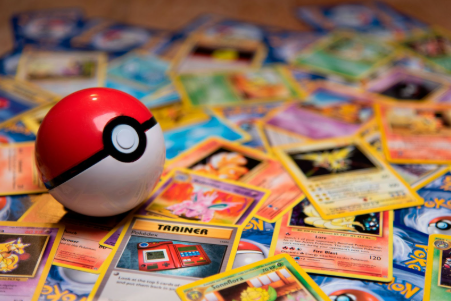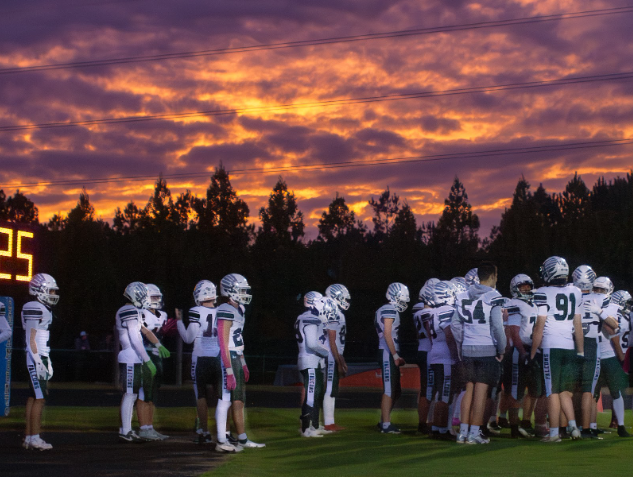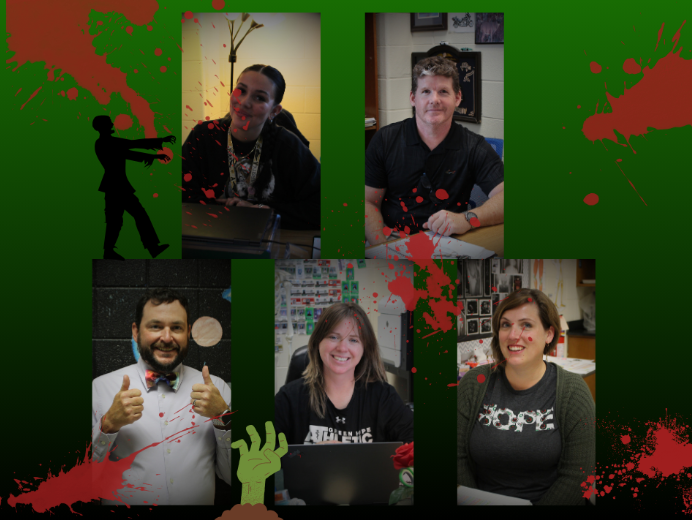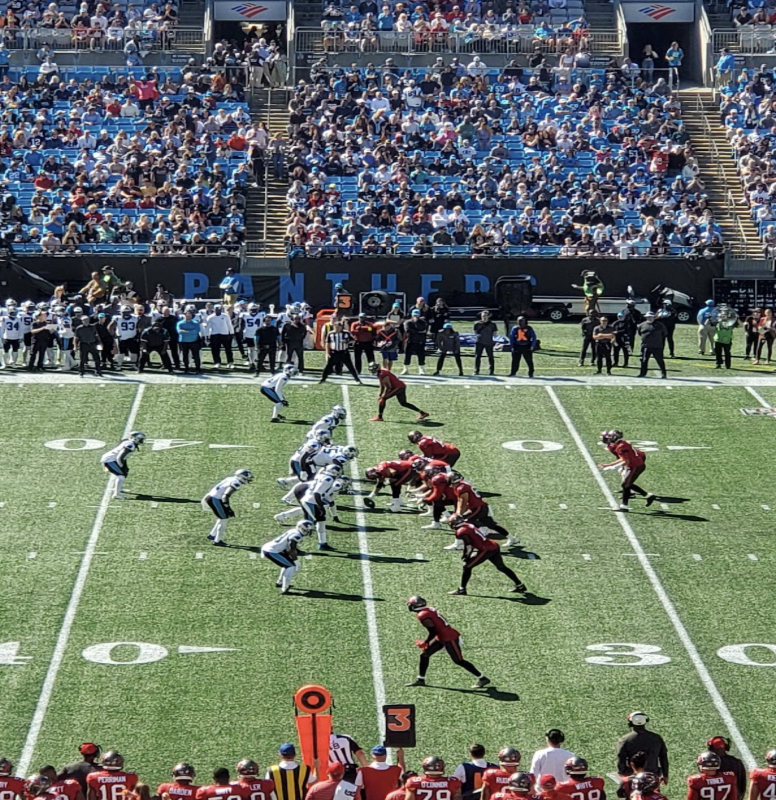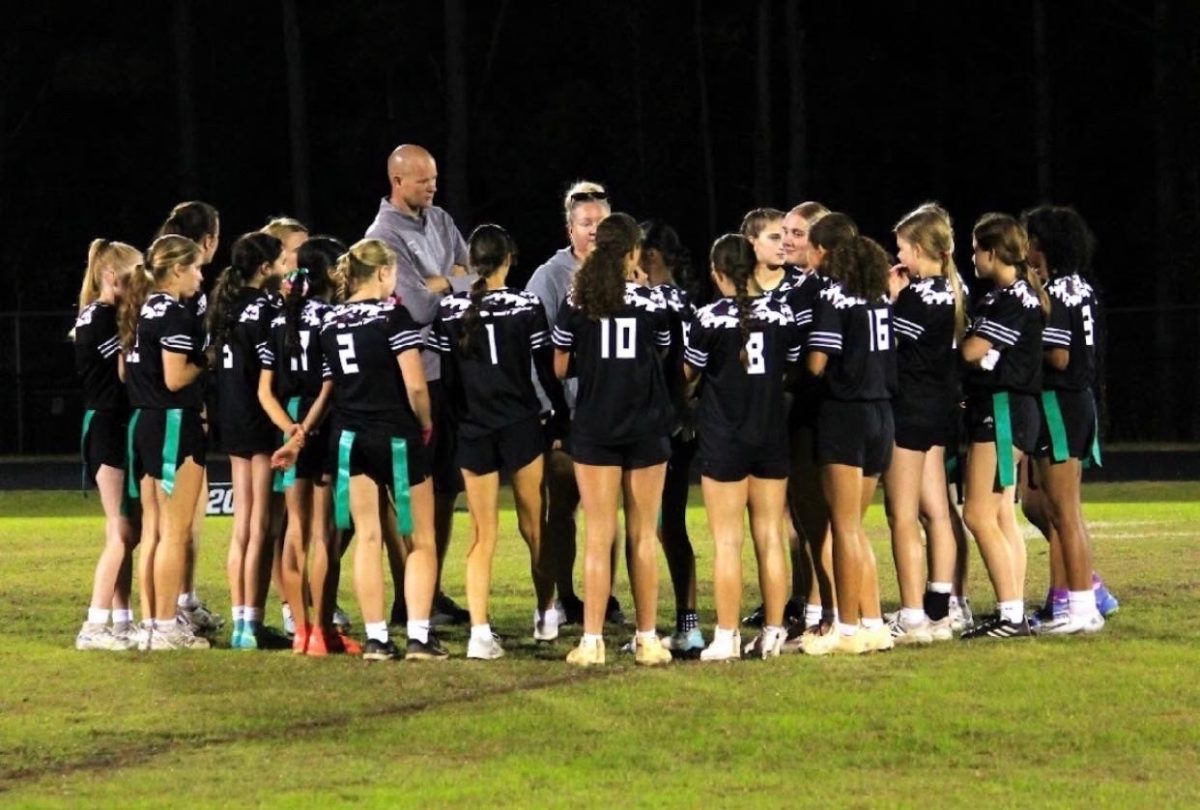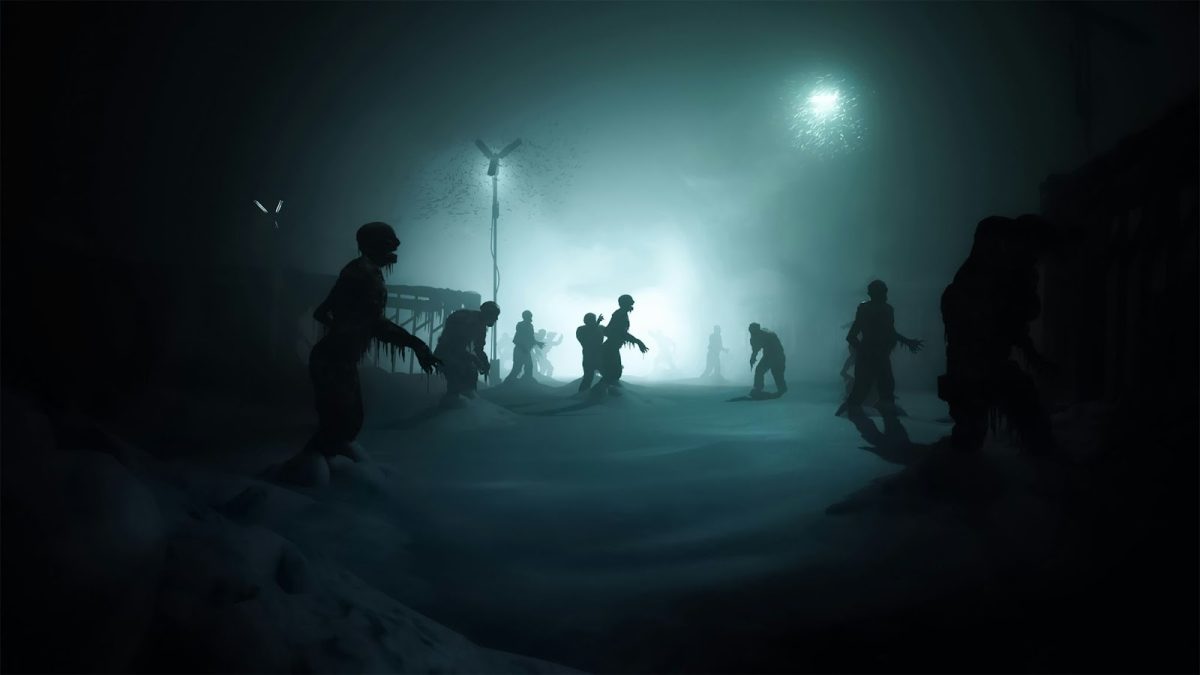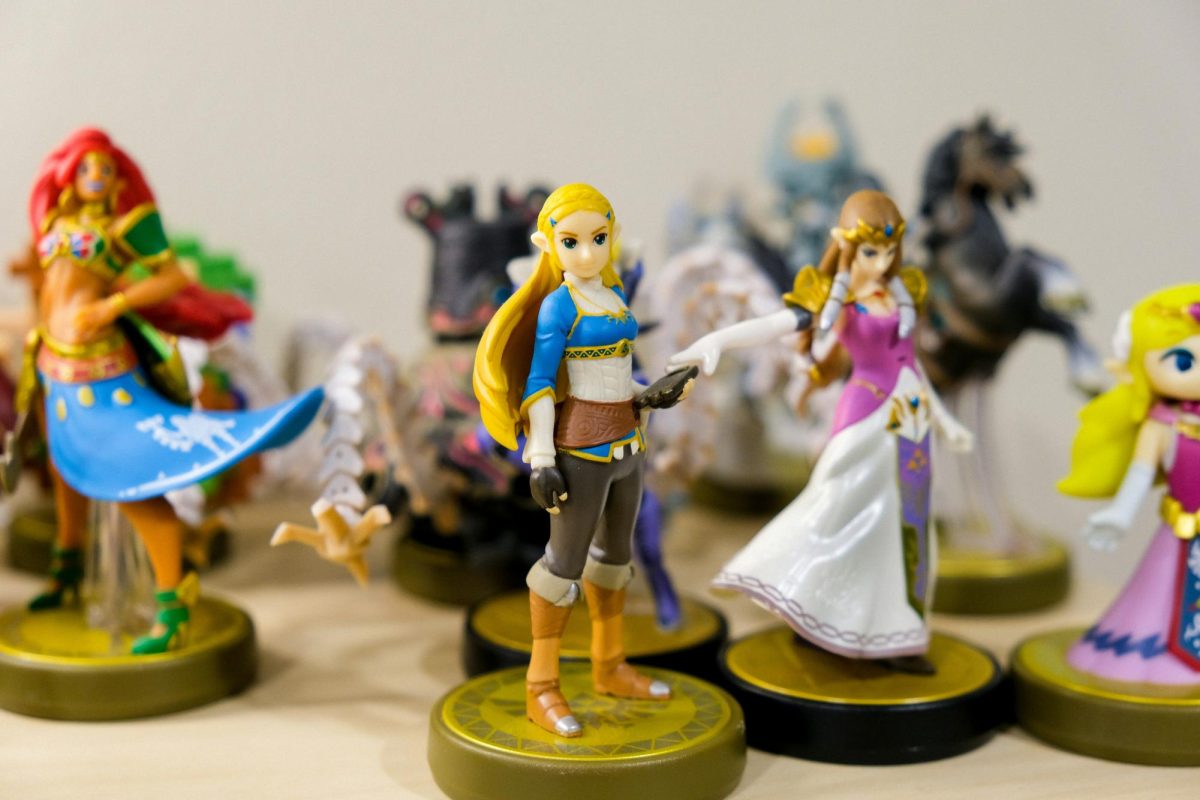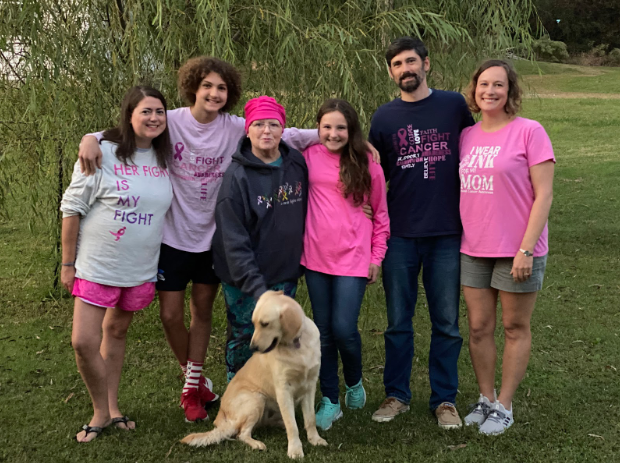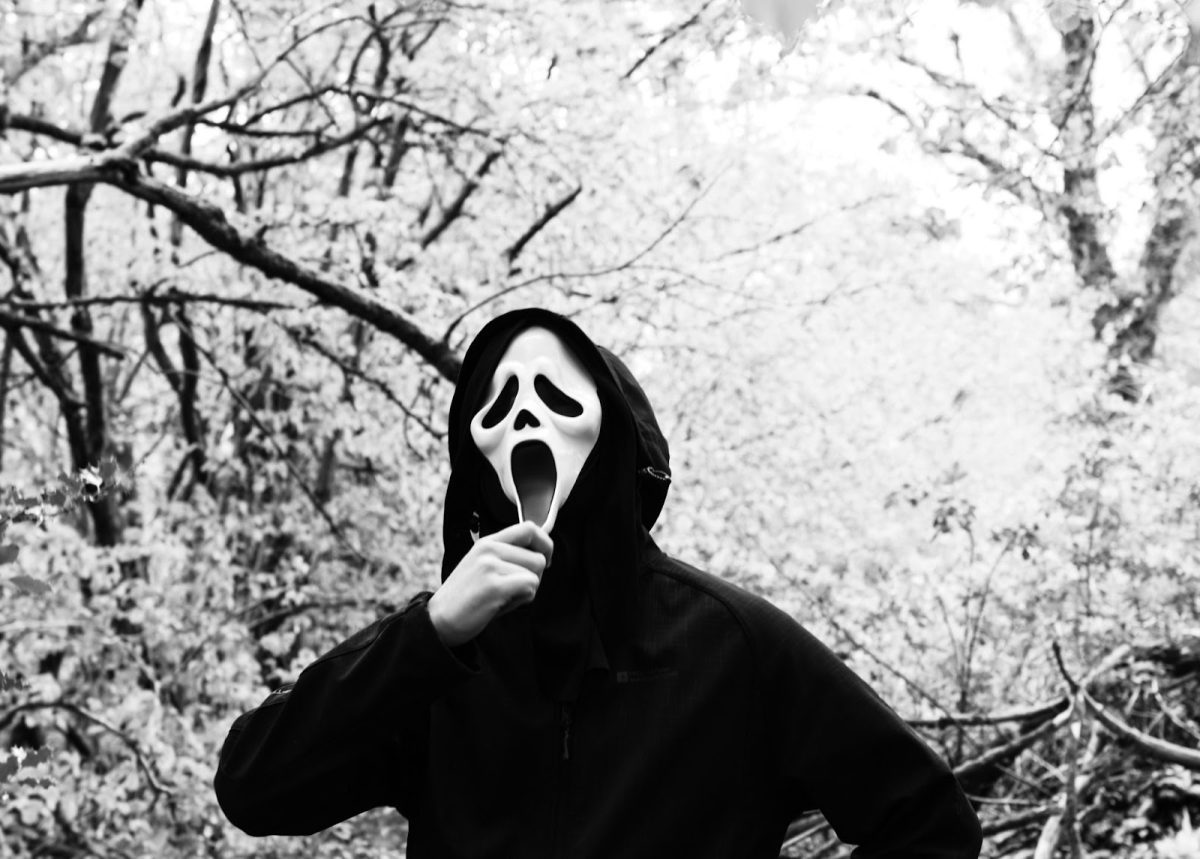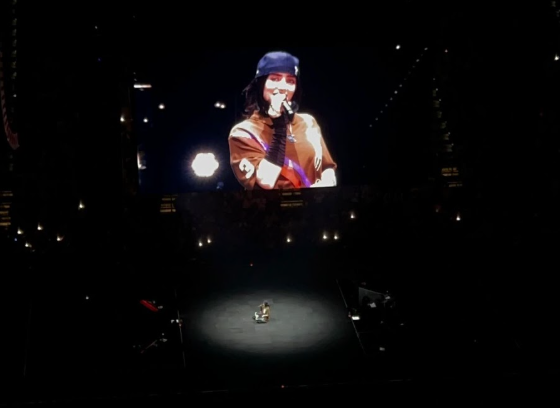Michael Myers, Jason Vorhees, Freddy Krueger, Ghostface. These horror movie mascots have struck fear into the hearts of movie watchers since their introductions in the late 1900s. Each movie they appear in gives a bit of their fictional backstory, but each character has a real life scary story about how they came to be what they are today.
Michael Myers debuted in the 1978 slasher “Halloween.” In the movie, Myers is a spree killer who was kept in a mental hospital for fifteen years following the murder of his sister. Michael Myers’ faceless white mask along with John Carpenter’s score became iconic parts of the character, making it a staple of the Halloween series for nearly 50 years.
In his original appearance, director John Carpenter wanted Myers to have as little backstory as possible, thrusting the character into a sort of legendary status, only heard of but rarely seen. Myers was supposed to be an unstoppable force of death, with no discernable human characteristics. This is why his mask, a manipulated mask of Star Trek character Captain Kirk, is white and emotionless.
His unstoppable force is shown through the movie itself, with every attempt to kill Myers ending in failure. Even as he is shot six times and falls off a balcony, he lives. Dr. Loomis, the character opposite Michael in the movie, describes him as having a “pale, emotionless face, and the blackest eyes; the devil’s eyes.” According to a commentary track released for the film’s 25th anniversary, this characterization is based directly on a mental patient Carpenter came into contact with during a college trip to a mental institution in Kentucky.
Jason Voorhees, main antagonist of the “Friday the 13th” series, took a little longer than Myers to attain his iconic look. In the first Friday the 13th, Jason isn’t the killer. The killer is his mother, Pamela Voorhees, and Jason only appears in a jumpscare at the end, portrayed as a withered corpse of a young boy covered in weeds. In the second movie, Jason wears a bag over his head as a method of hiding his true appearance from the audience.
The theme of hiding his face carried on to the third movie, but his appearance in that film would become more iconic than the drowned child or the bag. In the third film, Voorhees wore a hockey mask styled after those worn by the goaltenders of the Detroit Red Wings.
A special effects supervisor on the film was a hockey fan, and had the actor playing Jason, named Richard Brooker, wear the mask during lighting checks to save the effects crew time applying makeup to Brooker’s face. Red streaks and holes were added to the mask to make it look more unique, and thus Jason Voorhees’ iconic look was born.
Jason wears his hockey mask in every film he appears in, including the spin-off in which he fights another iconic horror mascot, Freddy Krueger.
Freddy Krueger is the main antagonist of the Nightmare on Elm Street franchise, and is known for appearing in people’s dreams and killing them. Krueger is the first of two out of these four film mascots to be developed by director Wes Craven.
Craven has said that the origin of Krueger’s power was a series of stories he read about people in Los Angeles having recurring nightmares before dying in their sleep.
Krueger’s appearance was also based on an experience that Craven had, this one occurring in his childhood. According to him, he saw a man walking outside of his apartment building who stopped and stared at him, scaring him. The man looked at him for far longer than Craven was comfortable with before disappearing out of Craven’s sight.
Part of Krueger’s appearance, specifically his bladed glove, was based off of the “subconscious fear” that all humans have of the claw of an animal. The glove was specifically based off of the claws of Craven’s cat, and he engineered the glove to become the character’s “iconic weapon,” which Craven believed would make the character itself iconic.
This idea has paid off, as Krueger and his glove continue to be iconic, with the last installment in the franchise coming in 2010. However, this recency doesn’t compare to the longevity of Wes Craven’s other horror mascot, Ghostface.
Ghostface is the main antagonist of the “Scream” franchise, also created by Wes Craven. Scream is supposed to be a subversion of the slasher genre, and similarly, Ghostface wears a simple and cheap costume. The mask the killer wears is called “The Peanut-Eyed Ghost,” and it was developed by entertainment company Fun World in the early 1990s. The original script for Scream had no specifications for what the mask should look like, and it was up to the production team to decide on what the mask should look like.
The Ghostface mask was discovered by a producer of Scream named Marianne Maddalena, and a deal was worked out between Craven and Fun World. Fun World still owns the rights to the design and name of the Ghostface mask.
As new horror movies continue to come out and the overall landscape of film starts to move away from the mascot slasher, it can be meaningful to look back at the history of these mascots and understand the shape of horror movies as a whole.

